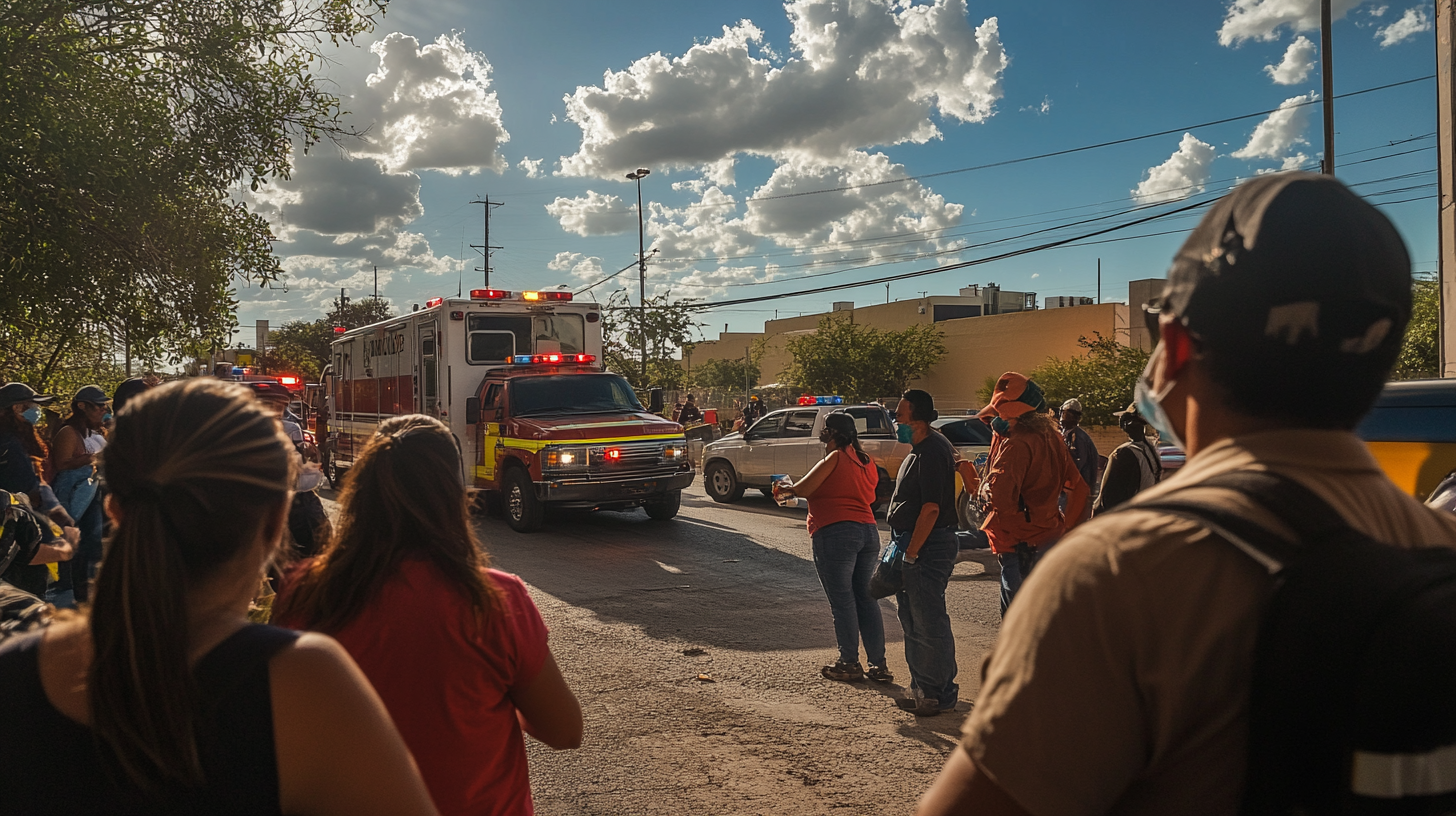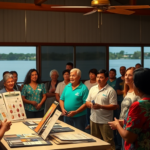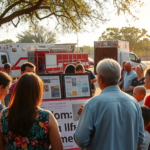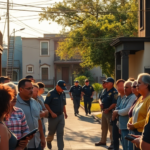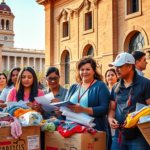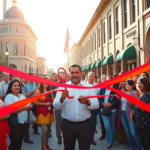Matamoros Teen’s Body Found Near Santa Maria Identified
The Rio Grande Valley (RGV) community is grappling with the tragic discovery of a Matamoros teen’s body found near Santa Maria on Sunday, which authorities have classified as an accidental drowning. Cameron County Sheriff Manuel Trevino announced the identification of the 18-year-old from Matamoros, Mexico, who disappeared late last week. The grim discovery along the Rio Grande’s bank has raised many questions, offering somber reminders of the dangers surrounding river crossings and their local impact.
Background and Identification
Early on Sunday, local authorities recovered the young man’s body near the Santa Maria bank of the Rio Grande, a location often associated with cross-border issues. After collaborating with counterparts in Matamoros, Sheriff Trevino confirmed the identity and shared that the teenager’s name is withheld to respect his grieving family.
“This tragedy underscores the risks many face surrounding the river,” stated Sheriff Trevino, emphasizing the need for caution and awareness.
The death has been ruled as an accidental drowning, prompting an outpouring of sympathy for the bereaved family from Valley residents and officials alike.
A Community in Mourning
The Rio Grande Valley and nearby border communities have frequently struggled with such incidents, highlighting ongoing concerns surrounding safety along the river borders. Various local residents recalled previous inquests into improved warning systems and placed strategic barriers to reduce drownings.
Maria Gonzalez, a community advocate in Brownsville, shared, “Each of these tragedies is another case that reminds us of our community’s ongoing border safety challenges. It’s heartbreaking.”
Community members have begun organizing vigils and support drives for the victim’s family, reinforcing solidarity between the RGV and Matamoros communities during this challenging time.
Implications for the Rio Grande Valley
The incident adds to a tapestry of complex issues faced in South Texas, often inherent to international borders. While this drowning is a tragic stand-alone event, its broader implications ripple through Valley discourse surrounding both security along the river and humanitarian concerns.
Local policy makers like Commissioner Jose Maldonado are considering further measures to safeguard the valley’s waterways, seeking federal cooperation to ensure resources are devoted to life-saving installations.
“This is not just about preventing future tragedies,” Maldonado stated. “It’s about creating secure environments for our communities on both sides of the border.”
The tragic event serves as a poignant reminder of the RGV’s diverse challenges, impacting everything from local policy considerations to interactions between Valley residents and their neighbors just south of the border.
Historical Context and Ongoing Efforts
Sadly, this incident is not isolated. The Rio Grande historically witnesses numerous drownings annually, often involving immigrants or locals who underestimate the river’s treacherous currents. Efforts over the years to curb these incidents have seen mixed success, from community-led educational campaigns to calls for enhanced safety measures along riverbanks.
The introduction of strategically placed warning signs and increased patrolling has been a step forward, but incidents like Sunday’s underscore the need for persistent vigilance and new strategies.
Continuing Conversations and Community Resources
While the event reverberates across local media, RGV news outlets are facilitating dialogues on river safety, inviting experts and community members to participate in public forums. Additionally, concerned citizens are encouraged to remain aware of local advisories and support ongoing initiatives focusing on cross-border safety.
Local charities, such as the RGV Border Assistance Network, offer resources and guidance to those affected by river safety concerns. They operate 24-hour hotlines and can guide families in securing necessary assistance.
The Road Ahead
As this incident continues to highlight complexities faced by border communities like the RGV, it underscores the importance of connected efforts to ensure safety and security for both the immediate region and its neighbors. By addressing local impact through sustained dialogue, education, and infrastructural investment, the community honors those lost and works towards preventing future tragedies.
This illustrates how vulnerabilities along the Rio Grande can bridge communities, urging action and empathy, even amidst sorrow. The RGV remains a region of dynamic exchanges, committed to evolving and ensuring a safer future for all who call it home.

